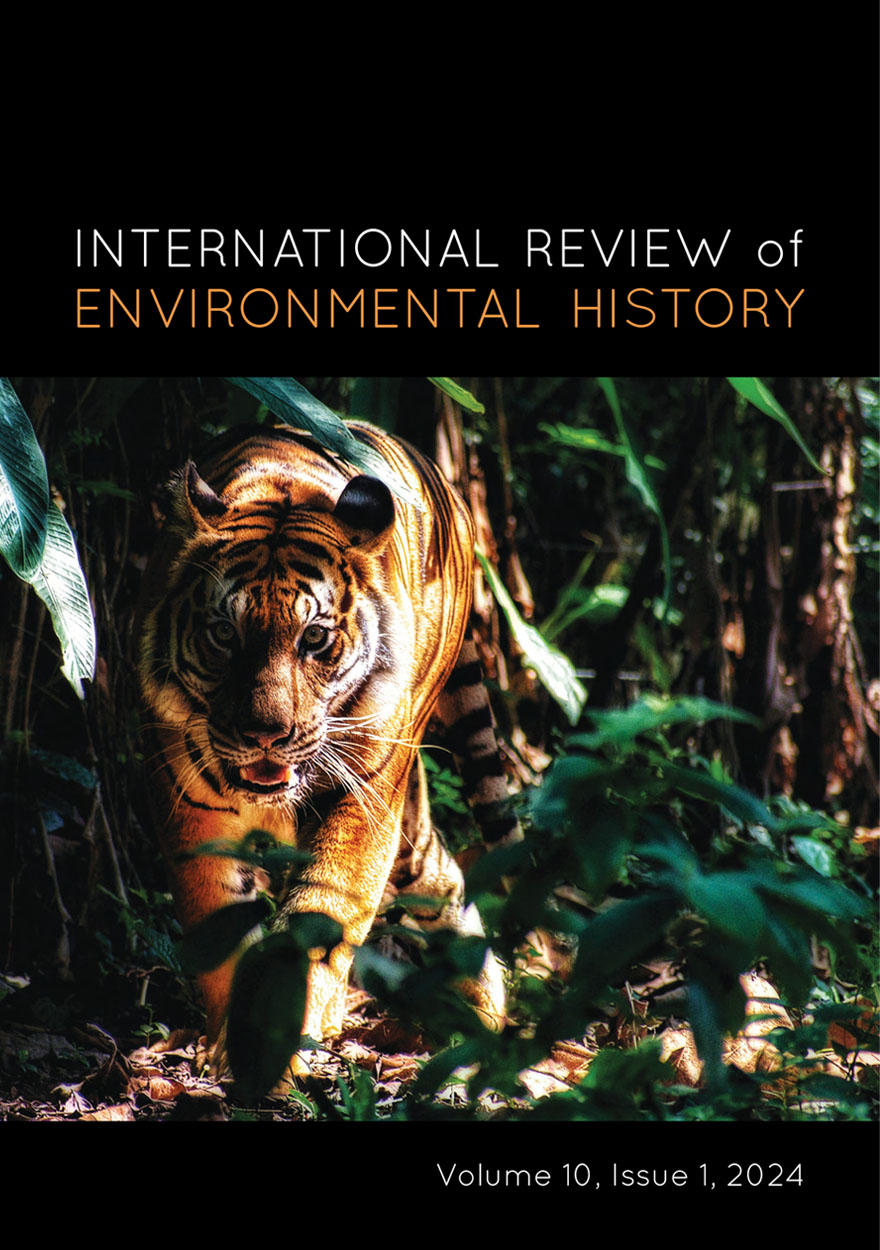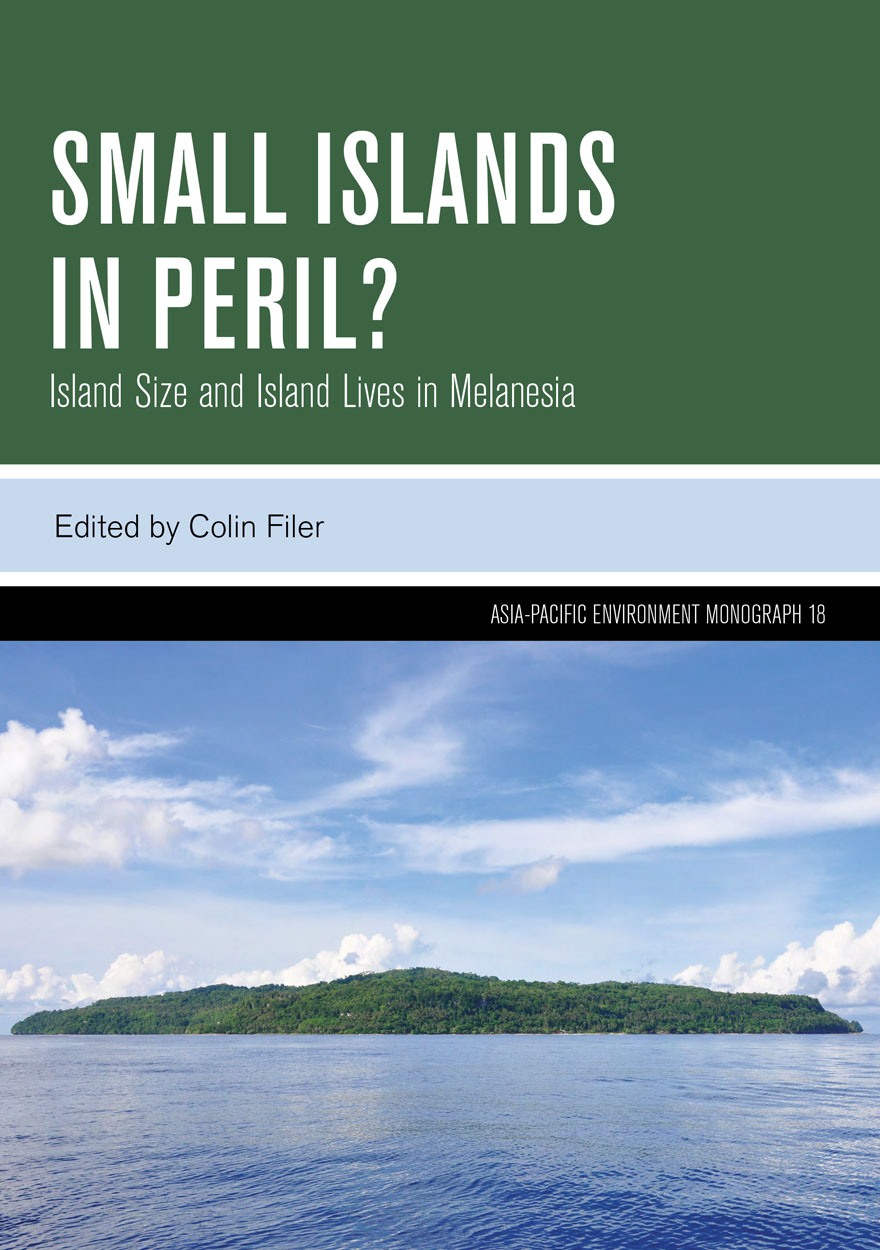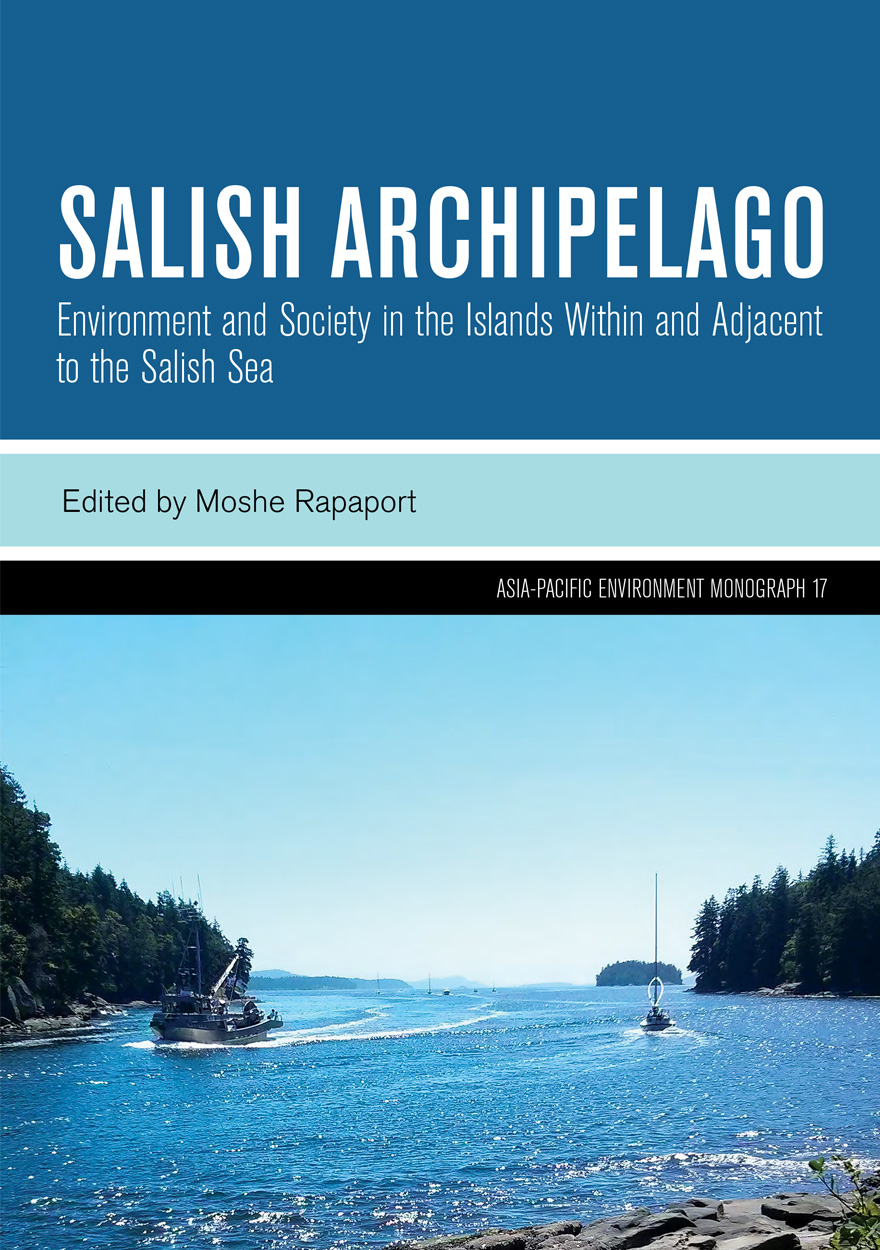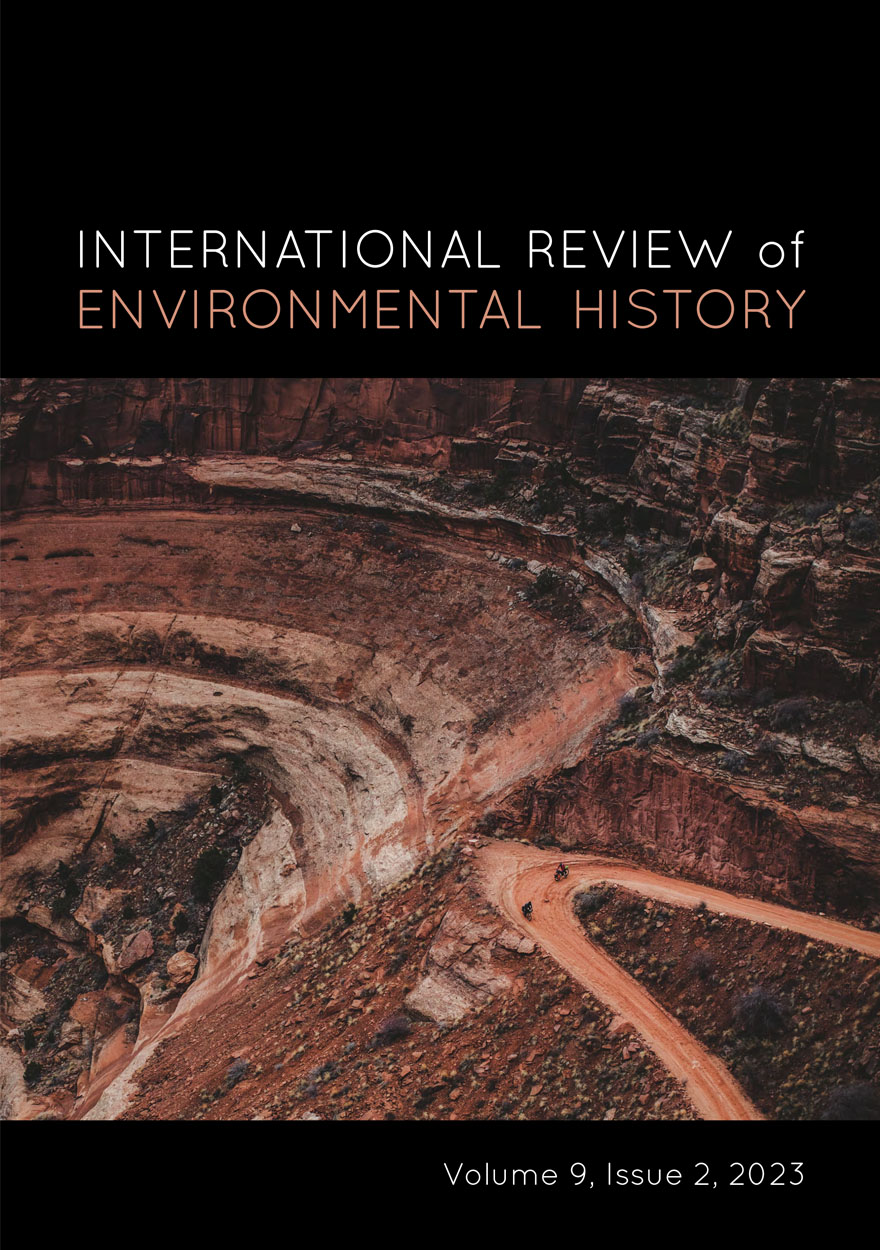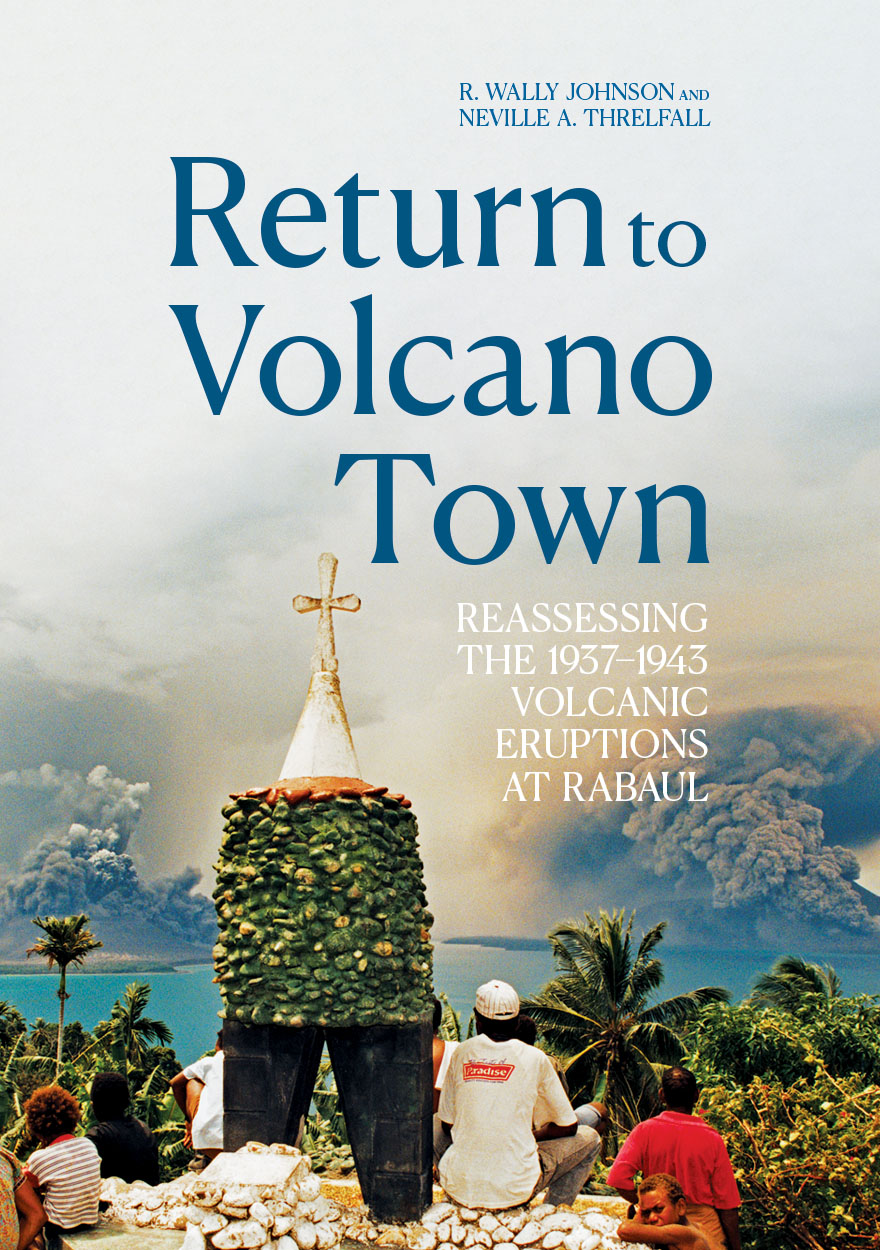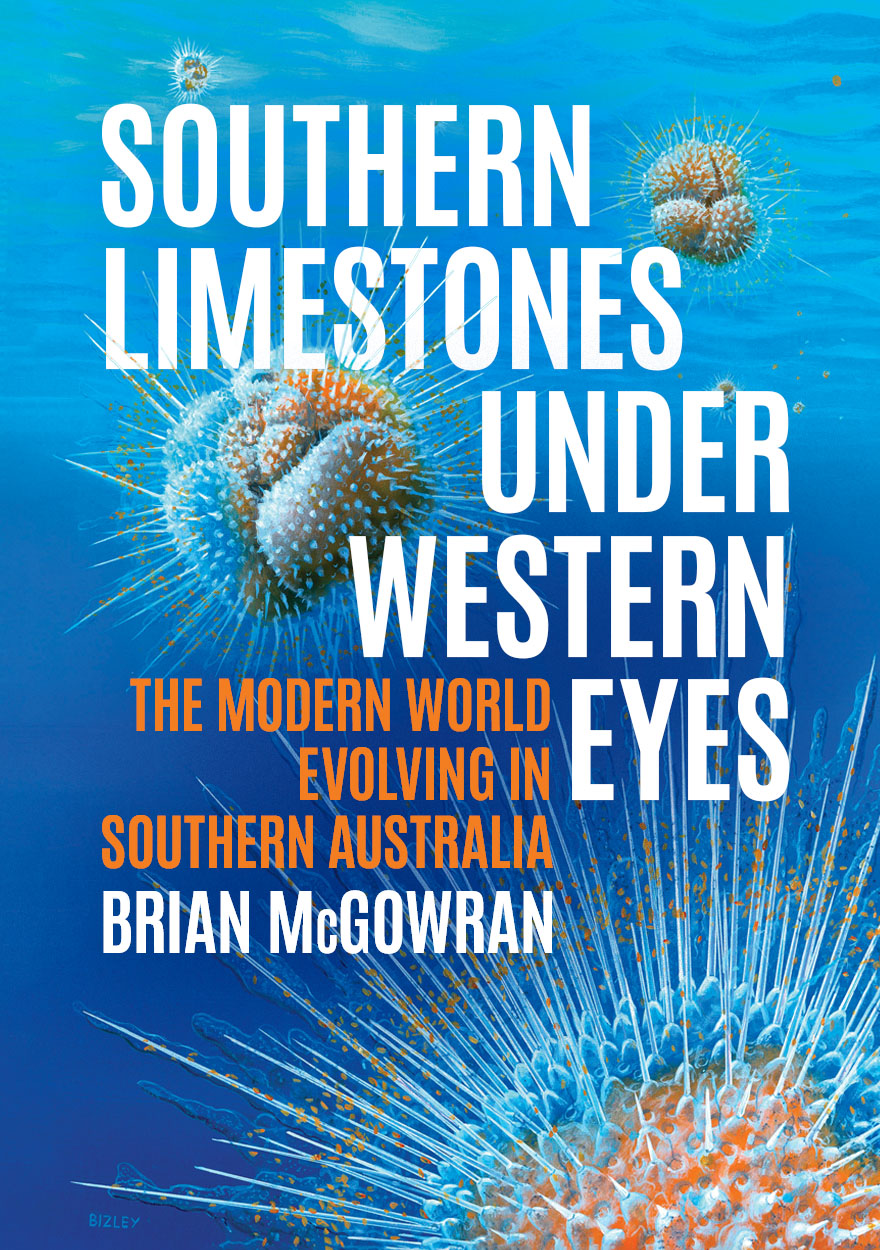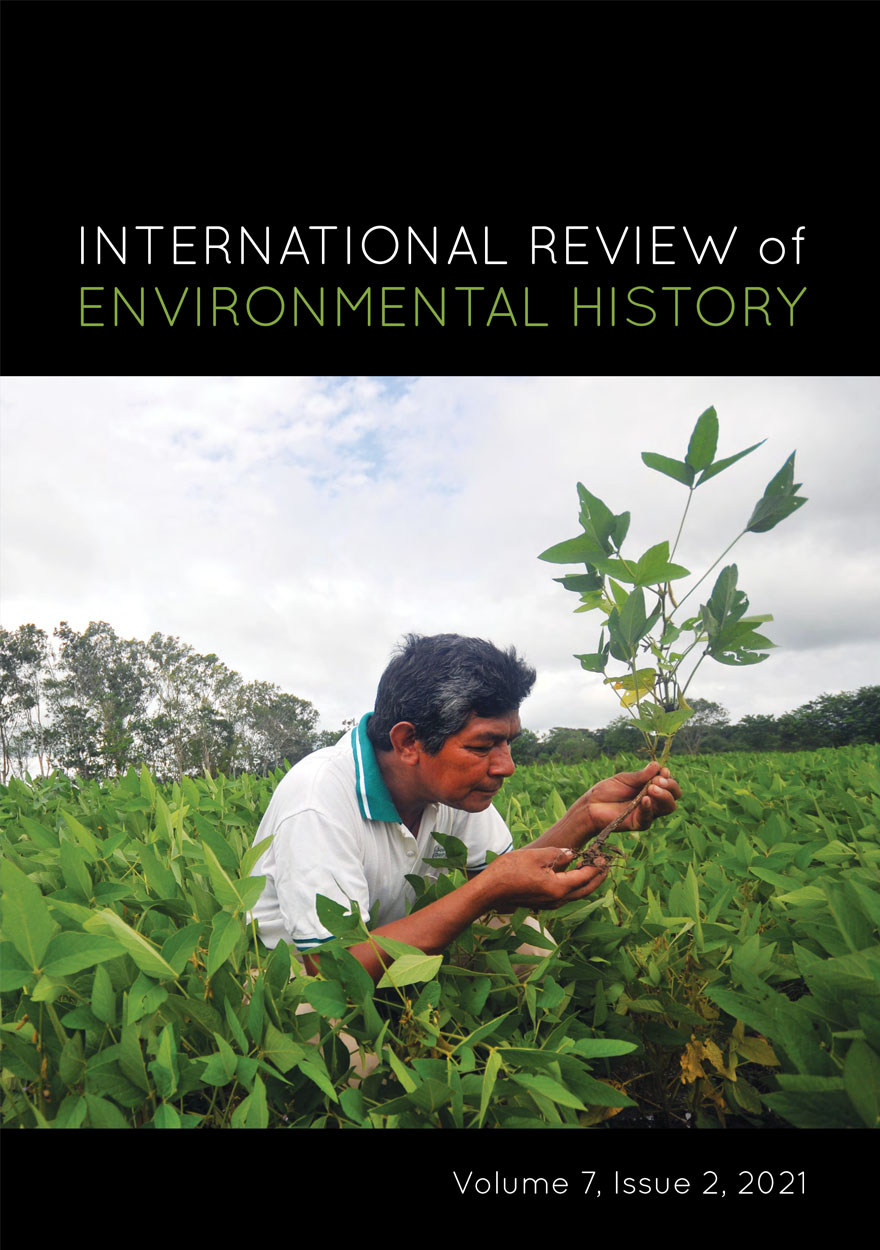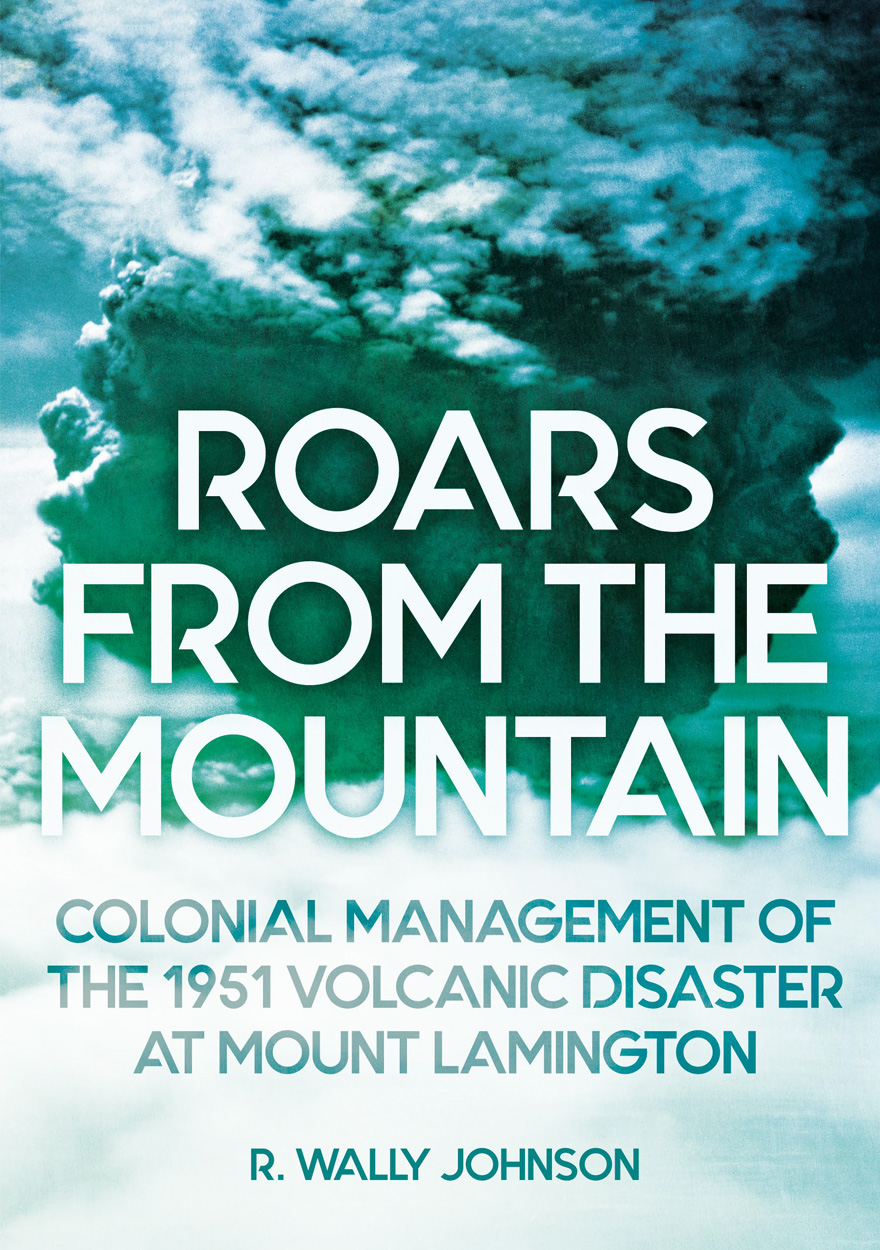
Roars from the Mountain
Colonial Management of the 1951 Volcanic Disaster at Mount Lamington
Authored by: R. Wally JohnsonPlease read Conditions of use before downloading the formats.
Description
Mount Lamington broke out in violent eruption on 21 January 1951, killing thousands of Orokaiva people, devastating villages and destroying infrastructure. Generations of Orokaiva people had lived on the rich volcanic soils of Mount Lamington, apparently unaware of the deadly volcanic threat that lay dormant beneath them. Also unaware were the Europeans who administered the Territory of Papua and New Guinea at the time of the eruption, and who were uncertain about how to interpret the increasing volcanic unrest on the mountain in the preceding days of the disaster.
Roars from the Mountain seeks to address why so many people died at Mount Lamington by examining the large amount of published and unpublished records that are available on the 1951 disaster. The information sources also include the results of interviews with survivors and with people who were part of the relief, recovery and remembrance phases of what can still be regarded as one of Australia’s greatest natural-hazard disasters.
Details
- ISBN (print):
- 9781760463557
- ISBN (online):
- 9781760463564
- Publication date:
- Apr 2020
- Imprint:
- ANU Press
- DOI:
- http://doi.org/10.22459/RM.2020
- Series:
- Pacific Series
- Disciplines:
- Arts & Humanities: Cultural Studies, History; Science: Earth & Marine Sciences, Environmental Sciences
- Countries:
- Pacific: Papua New Guinea
PDF Chapters
Please read Conditions of use before downloading the formats.
If your web browser doesn't automatically open these files, please download a PDF reader application such as the free Adobe Acrobat Reader.
To copy a chapter DOI link, right-click (on a PC) or control+click (on a Mac) and then select ‘Copy link location’.
- Preliminary Pages (PDF, 0.4MB)
- List of Figures (PDF, 0.1MB)
- List of Acronyms (PDF, 0.1MB)
- Prologue (PDF, 0.5MB)
- Acknowledgements (PDF, 0.1MB)
- About the Author (PDF, 0.1MB)
Part 1. Tidal Wave from the West (PDF, 0.1MB)
- Claiming Land for the British Empire (PDF, 1.2MB) doi
- Colonialism on a Shoestring (PDF, 2.3MB) doi
- World War and Australian Recovery (PDF, 3.5MB) doi
Part 2. Catastrophic Eruption (PDF, 0.1MB)
- Victims, Survivors and Evacuations (PDF, 1.5MB) doi
- The Next 10 Days: Disaster Relief and Controversy (PDF, 5.9MB) doi
- Beginning Disaster Recovery (PDF, 1.6MB) doi
- Volcanological Analysis and New Eruptions (PDF, 2.8MB) doi
Part 3. After the Disaster (PDF, 0.1MB)
- Resettlement, Myths and Memorialisation (PDF, 1.4MB) doi
- Lead-Up to Independence (PDF, 3.1MB) doi
- Living with Mount Lamington in Postcolonial Times (PDF, 0.7MB) doi
Appendices
Reviews
'This book provides an impressively detailed account of how the British-Australian colonial apparatus mapped itself over the territories and peoples in what is now known as Papua New Guinea.’
–Eija Meriläinen, The Journal of Pacific History (2021) 56:3, 372–373
‘Writing Roars from the Mountain was clearly a labour of love for Johnson, drawing upon hundreds of published and archival sources as well as personal interviews and correspondence with witnesses, scholars, and residents of Oro Province. While the book contains few unexpected revelations or interpretations, its strength lies in its comprehensiveness. This is a rare example of a scholarly work that is truly cross-disciplinary yet accessible and engaging, appealing to specialists and general readers alike.’
–John Barker, Pacific Affairs, 95(1) 2022.
Other publications that may interest you




